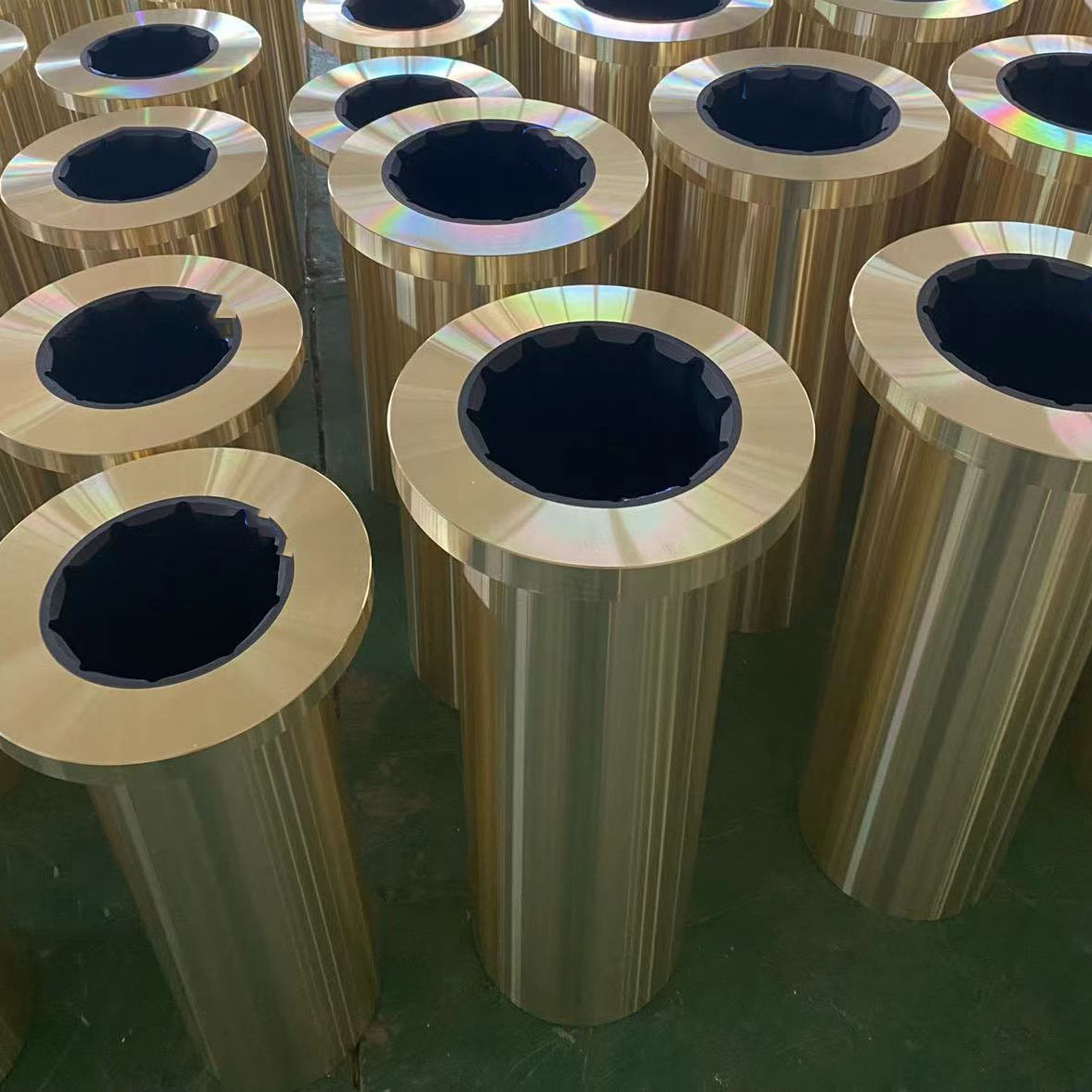engine oil drain plug
The Importance of the Engine Oil Drain Plug A Comprehensive Guide
The engine oil drain plug may seem like a small and often overlooked component of an automobile, yet it plays a crucial role in maintaining the health and performance of your engine. Understanding its purpose, function, and maintenance can save vehicle owners time, money, and ensure a longer lifespan for their engines.
What is an Engine Oil Drain Plug?
The engine oil drain plug is a component located at the lowest point of the engine oil pan. Its primary purpose is to provide a means through which old engine oil can be drained from the oil pan when changing the oil. Typically made from aluminum, steel, or plastic, the drain plug features a threaded design, allowing it to be securely fastened into the oil pan.
Function of the Drain Plug
During routine oil changes, the engine oil deteriorates and loses its ability to lubricate the engine efficiently due to contamination from soot, dirt, and metal particles. Removing the drain plug enables old oil to flow out, making way for fresh oil. The drain plug also serves as a seal, ensuring that the oil remains contained within the oil pan when the engine is in use.
Importance of Regular Maintenance
Regular oil changes, which include draining old oil through the drain plug, are essential for several reasons
1. Engine Health and Performance Clean oil ensures that the engine components are well-lubricated, reducing friction and heat buildup. This contributes to smoother operation and improves fuel efficiency.
2. Prevention of Sludge Buildup Old oil can turn into sludge, which can clog oil passages and lead to serious engine issues. Regularly changing the oil helps prevent this condition.
3. Corrosion Protection Fresh oil contains additives that protect engine parts from corrosion and wear. Over time, these additives deplete, making regular oil changes necessary.
Common Issues with Engine Oil Drain Plugs
Despite its importance, the engine oil drain plug can face several problems
- Stripped Threads Over-tightening the drain plug can strip the threads, leading to leaks. It’s essential to tighten the plug to the manufacturer’s recommended torque specs.
engine oil drain plug

- Cracked or Damaged Plug Exposure to extreme heat and engine vibrations can weaken the drain plug, making it prone to cracks
. Regular inspections can help identify such issues before they result in oil leaks.- Leaking Oil A common sign of a faulty drain plug is leaking oil beneath the vehicle. If you notice these leaks, it may be time to replace the plug or its sealing washer.
How to Change Your Engine Oil Using the Drain Plug
Changing your engine oil is a straightforward process, though it requires attention to detail. Here’s a step-by-step guide
1. Gather Necessary Tools You will need an oil catch pan, a wrench (often a socket wrench), a new oil filter, fresh oil, and possibly a new washer for the drain plug.
2. Prepare Your Vehicle Ensure the vehicle is on a level surface and that the engine is warm (but not hot) to improve oil flow.
3. Locate the Drain Plug Find the drain plug at the bottom of the oil pan under the vehicle.
4. Drain Old Oil Place the oil catch pan beneath the drain plug. Use the wrench to carefully loosen and remove the drain plug, allowing old oil to drain completely.
5. Replace Drain Plug Clean the threads and replace the washer if necessary. Reinsert the drain plug and tighten it securely.
6. Add New Oil Replace the oil filter and pour in the new engine oil according to your vehicle's specifications.
7. Check for Leaks Start the engine and let it run for a minute. Turn it off and check under the vehicle for any leaks around the drain plug.
Conclusion
The engine oil drain plug may be a small part of your vehicle, but it holds significant responsibility for the overall health of your engine. Regular maintenance, including changing the oil and inspecting the drain plug, is vital for vehicle longevity and performance. By understanding its importance, vehicle owners can take proactive steps to care for their engines effectively.
-
The Ultimate Guide to Car Repair Kits: Tools and Essentials Every Driver Should Own
News Aug.01,2025
-
The Complete Guide to Oil Pan Gaskets: Sealing Engine Leaks the Right Way
News Aug.01,2025
-
Preventing Oil Leaks: A Complete Guide to Oil Pan Gaskets and Drain Seals
News Aug.01,2025
-
Everything You Need to Know About Oil Pan Gaskets and Drain Plug Seals
News Aug.01,2025
-
Essential for Car Owners: How to Use a Car Repair Kit to Deal with Minor Breakdown
News Aug.01,2025
-
Comprehensive Guide to Engine Oil Sump Gaskets and Related Seals
News Aug.01,2025
-
The Ultimate Guide to Boat Propeller Bearings and Trailer Wheel Bearings
News Jul.31,2025
Products categories















